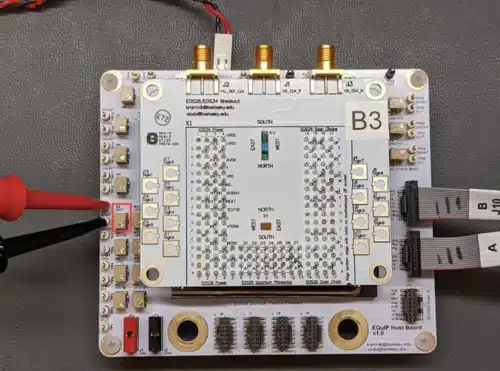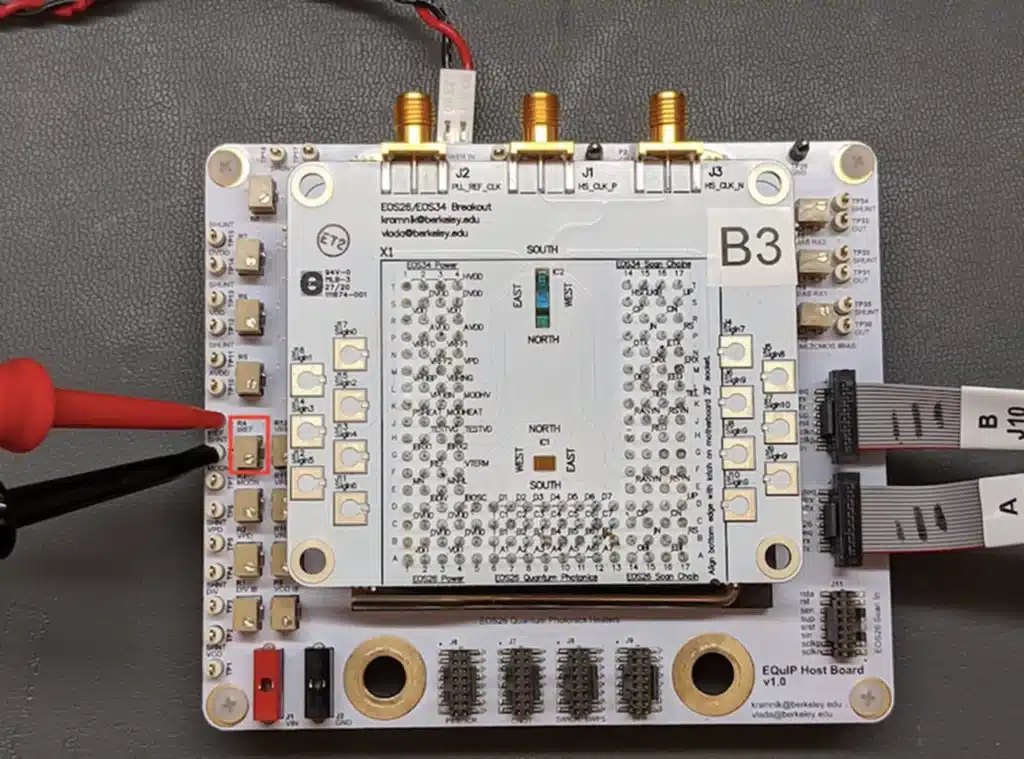Built into a commercial CMOS chip combining light in electronics, to enable scalable integration for next-gen computing.

Researchers at Boston University, UC Berkeley, and Northwestern University have developed a semiconductor chip that integrates electronics, photonics, and quantum technology into a single platform. This innovation enables the chip to have real-time control of light pulses using electric signals, which is useful for signal processing through light and electronics.
This chip uses lithium Niobate, a crystalline material that supports both electrical and optical processing. It is fabricated in a 45 nm CMOS processor. allowing light pulses to be modulated with a high-precision feedback system, to actively control and correct how light pulses compute and communicate in real time, which previously required laboratory setting equipment to compute.
The key lies in the system of microring-resonators, which helps tune the optical signals to synchronise with incoming laser light, crucial for quantum operations. But practically, to achieve is very difficult, as it is sensitive to the slightest variation in temperature and can easily disrupt the delicate quantum processes.
The researchers have developed an integrated control system to stabilise the microring-resonators by adding 12 resonators to the system, made up of photodiodes. to ensure the stability of light signals, operating in parallel, to automatically adjust the resonators as temperature changes or any other disturbances affect the processing.
This much precision for stabilising is needed for the light source to process in a commercial CMOS chip. The entire device was fabricated using a commercial complementary metal-oxide-semiconductor process to achieve tight feedback of each light source.

